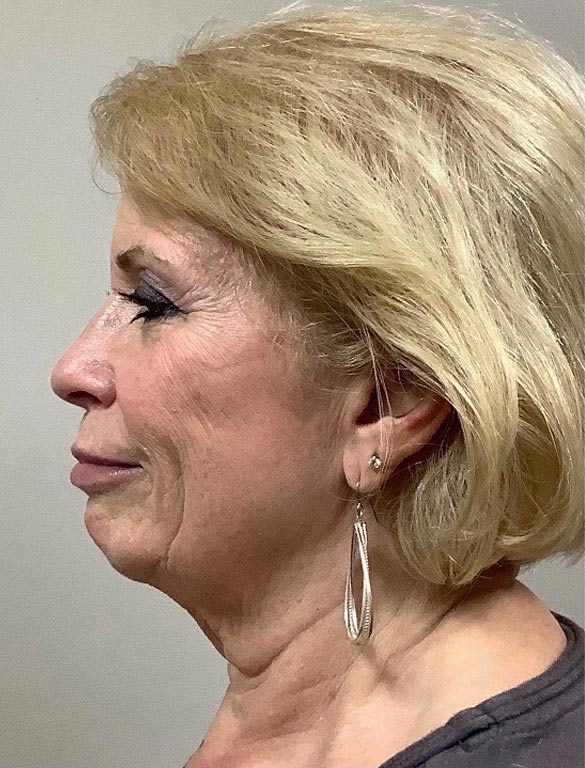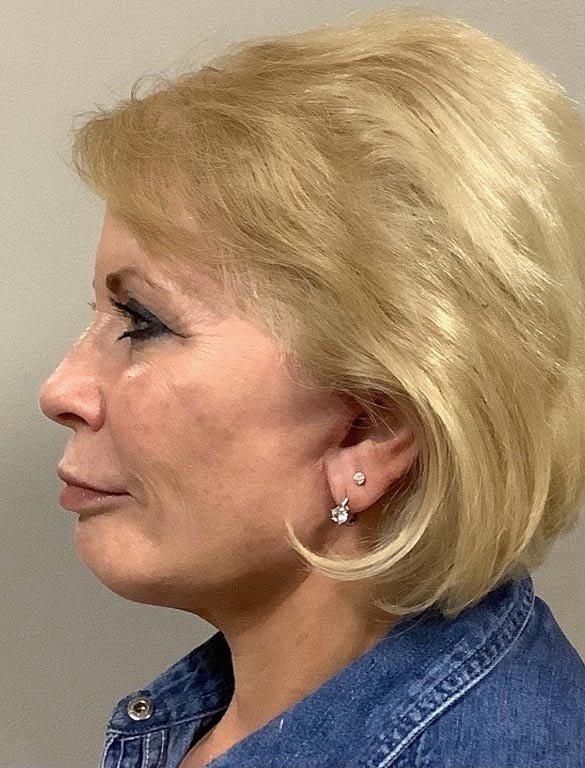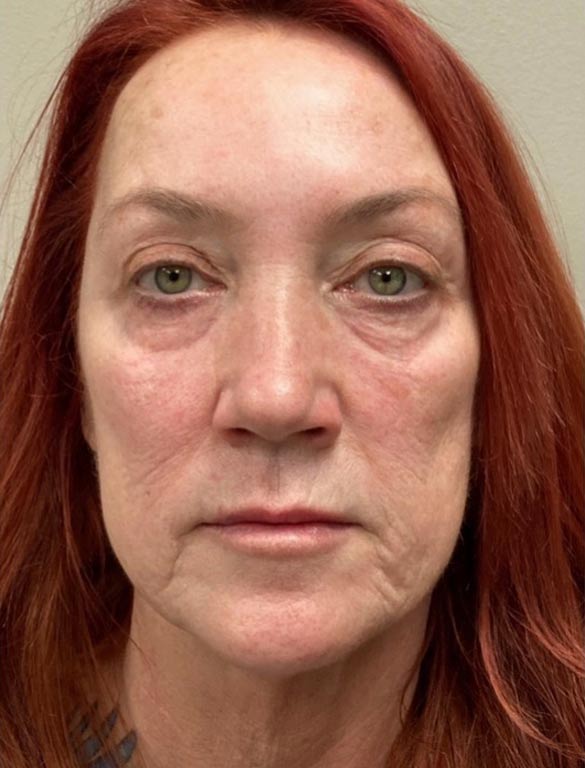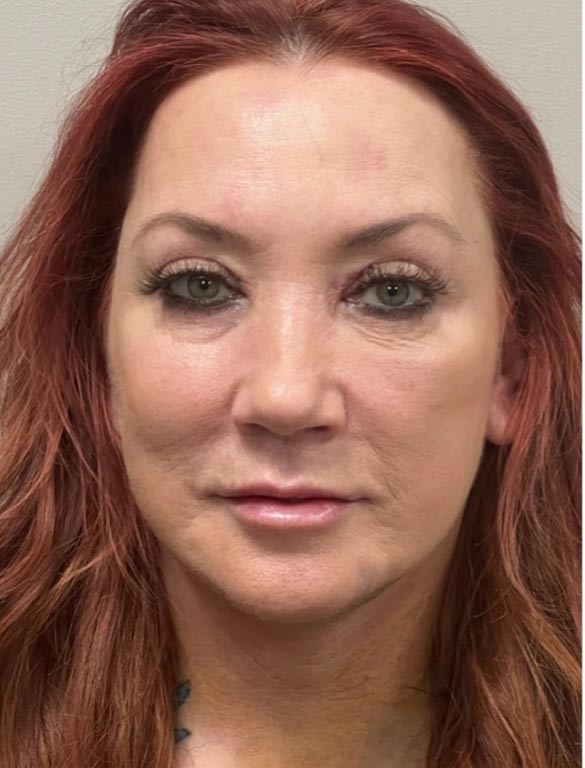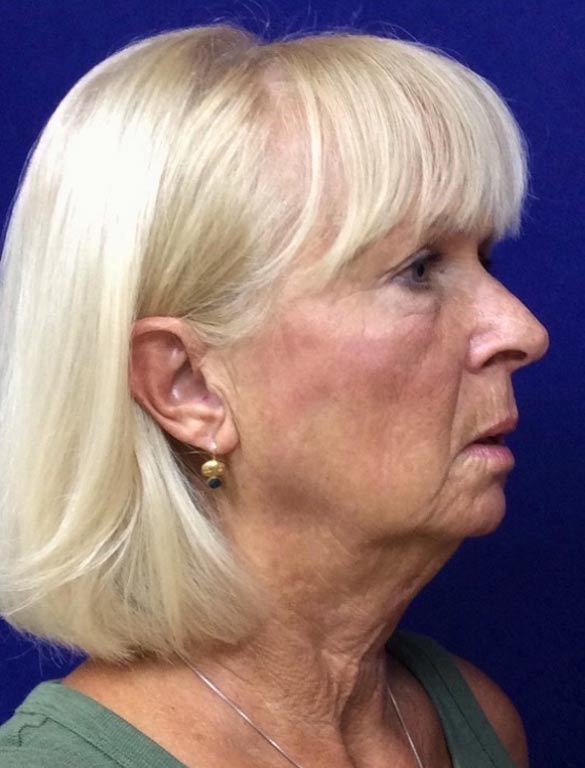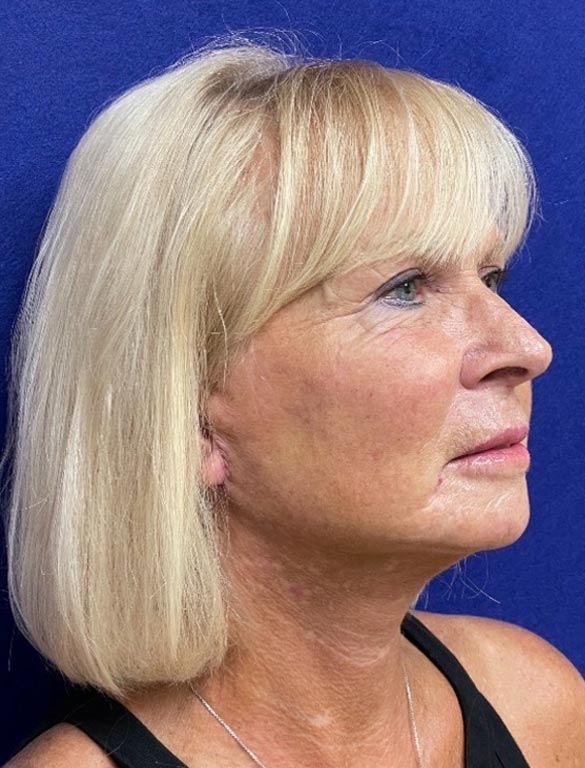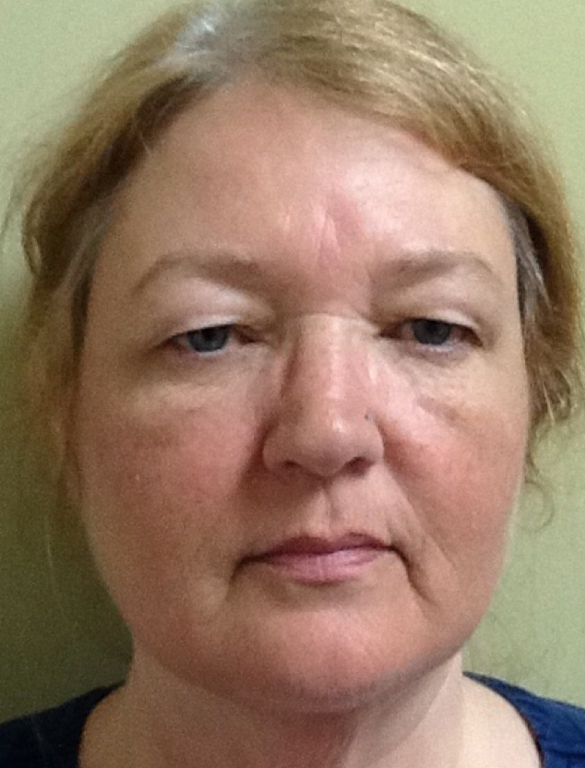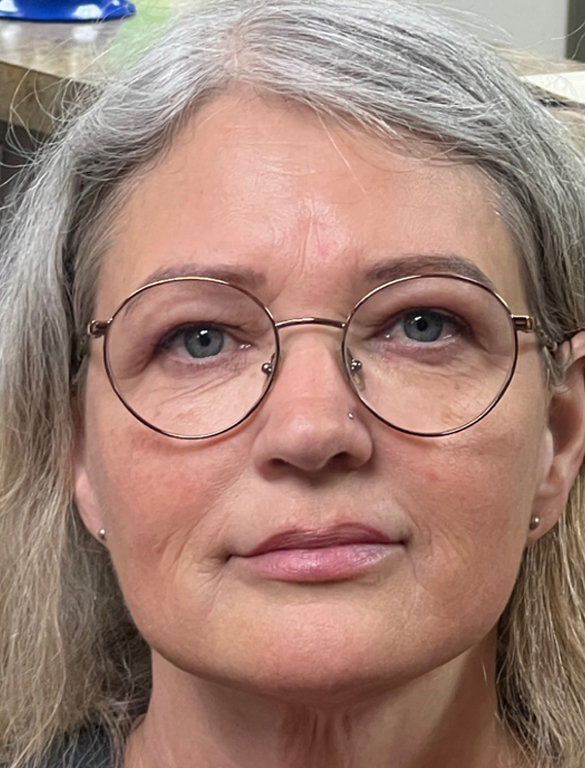It can be confusing when you’re trying to figure out whether you have spider veins or not, whether you need to treat them, or whether your insurance will even cover treatment, especially when you may have heard conflicting information. Skin & Vein is here to clear up the myths and set straight the facts surrounding spider veins so that you can make an informed decision regarding this condition and your treatment options. Below, we’ve listed a number of facts you may not have been aware of regarding this vein disease. Read on to learn more about spider veins.
Contents
- 1 Spider Veins and Varicose Veins Are NOT the Same Thing
- 2 Spider Veins Cannot Be Prevented Completely – But You CAN Take Steps to Reduce Your Risk
- 3 At-Home Remedies for Varicose Veins Will Work on Spider Veins
- 4 You Do Not Need an Invasive Surgery to Treat Spider Veins
- 5 Your Insurance May Cover Spider Vein Treatment
- 6 Skin & Vein’s Experts Can Clarify Spider Veins for You
Spider Veins and Varicose Veins Are NOT the Same Thing
While varicose veins and spider veins are sometimes linked to one another, they are not synonymous names for the same condition. Varicose veins appear as rope-like bulges on the surface of the skin and are derived from deep within the affected limb, while spider veins are smaller blood vessels that often lie flat on the skin’s surface and take on hues of red, purple, and blue.
Oftentimes, varicose veins cause or contribute to spider veins, and spider veins can be a symptom of unseen varicose veins. Both spider and varicose veins are considered unsightly, and both are sometimes mislabeled as mere cosmetic issues when in reality, both vein diseases are medical issues and can often point to another underlying medical condition.
Spider Veins Cannot Be Prevented Completely – But You CAN Take Steps to Reduce Your Risk
Several common myths claim that spider veins can be prevented completely by exercising, eating healthy, avoiding consuming excessive amounts of alcohol, and wearing sunscreen. Unfortunately, that is not the case; however, exercising, eating healthy, and varying between sitting and standing throughout the day can help prevent varicose veins, which are a common cause of spider veins. Meanwhile, alcohol overindulgence and ultraviolet radiation from the sun have been linked to spider veins as potential risk factors, though a person who limits sun exposure and tempers their alcohol intake can still develop spider veins.
There is some truth to the myths, but taking or not taking these preventative measures will not guarantee you any immunity against developing spider veins. There are also a number of other factors outside of your control that can contribute to spider veins, such as heredity and hormonal fluctuations, including pregnancy, menopause, and puberty.
At-Home Remedies for Varicose Veins Will Work on Spider Veins
Because of the fundamental differences between the conditions, at-home treatments that may temporarily suppress the symptoms of varicose veins will not necessarily work in the same way on spider veins. For example, compression stockings work on varicose veins in the leg because they increase the pressure applied on the affected interior veins to prevent blood from pooling in the area and to alleviate cramps and aches. Contrastingly, spider veins develop nearer to the skin’s surface, anywhere on the body; compression stockings have little to no marked effect on spider veins.
You Do Not Need an Invasive Surgery to Treat Spider Veins
Fortunately, the field of vein treatment has grown and gravitated toward less painful and invasive measures than those used in the past. Spider veins can be treated with sclerotherapy, in which a salt solution is injected directly into the problem vein, causing the blood vessel walls to swell and stick together and the blood to clot. There are also a number of laser treatments, in which strong pulses of light are sent into the vein, with or without the use of incisions or needles.
Your Insurance May Cover Spider Vein Treatment
Vein diseases are considered a medical condition, not just an issue of aesthetics, though insurance companies tend to determine coverage on a case-by-case basis. Consult your doctor and your insurance company before deciding on any particular treatment.
Skin & Vein’s Experts Can Clarify Spider Veins for You
At Skin & Vein, we believe in spreading accurate information regarding this vein condition, as well as keeping you informed of the most current treatment options available to you. Contact us today to schedule an appointment and learn more about how we can help you.

